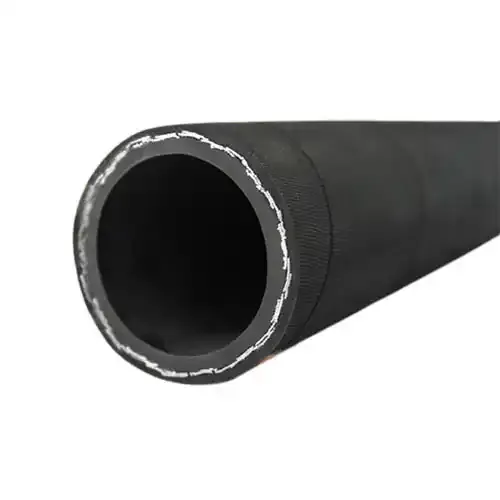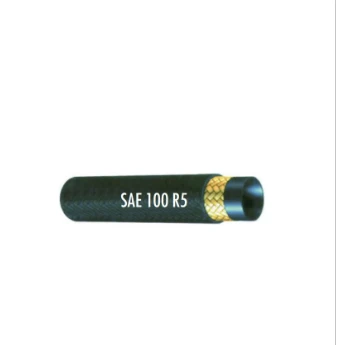
- Afrikaans
- Albanian
- Amharic
- Arabic
- Armenian
- Azerbaijani
- Basque
- Belarusian
- Bengali
- Bosnian
- Bulgarian
- Catalan
- Cebuano
- Corsican
- Croatian
- Czech
- Danish
- Dutch
- English
- Esperanto
- Estonian
- Finnish
- French
- Frisian
- Galician
- Georgian
- German
- Greek
- Gujarati
- haitian_creole
- hausa
- hawaiian
- Hebrew
- Hindi
- Miao
- Hungarian
- Icelandic
- igbo
- Indonesian
- irish
- Italian
- Japanese
- Javanese
- Kannada
- kazakh
- Khmer
- Rwandese
- Korean
- Kurdish
- Kyrgyz
- Lao
- Latin
- Latvian
- Lithuanian
- Luxembourgish
- Macedonian
- Malgashi
- Malay
- Malayalam
- Maltese
- Maori
- Marathi
- Mongolian
- Myanmar
- Nepali
- Norwegian
- Norwegian
- Occitan
- Pashto
- Persian
- Polish
- Portuguese
- Punjabi
- Romanian
- Russian
- Samoan
- scottish-gaelic
- Serbian
- Sesotho
- Shona
- Sindhi
- Sinhala
- Slovak
- Slovenian
- Somali
- Spanish
- Sundanese
- Swahili
- Swedish
- Tagalog
- Tajik
- Tamil
- Tatar
- Telugu
- Thai
- Turkish
- Turkmen
- Ukrainian
- Urdu
- Uighur
- Uzbek
- Vietnamese
- Welsh
- Bantu
- Yiddish
- Yoruba
- Zulu

Apr . 24, 2025 15:32 Back to list
18mm Fuel Hose High-Temp, Durable & Fuel-Resistant Solutions for Automotive & Industrial Use
- Overview of 18mm Fuel Hose Applications
- Technical Advantages Over Standard Hoses
- Material Comparison: Silicone vs. Rubber
- Performance Metrics Across Leading Brands
- Customization Options for Specific Use Cases
- Industry-Specific Implementation Scenarios
- Why 18mm Fuel Hose Solutions Outperform

(18mm fuel hose)
18mm Fuel Hose in Modern Fluid Transfer Systems
18mm internal diameter fuel hoses have become the backbone of industrial and automotive fluid management, balancing flow capacity with space constraints. These hoses handle 23-28 liters/minute flow rates in fuel transfer applications, with reinforced construction maintaining stable operation at 4-6 bar pressures. Compatibility spans gasoline, diesel, biodiesel, and ethanol blends (up to E85).
Engineering Superiority in Critical Parameters
High-grade 18mm silicone hose variants withstand continuous exposure to -50°C to +200°C environments, outperforming standard rubber hoses by 42% in thermal endurance tests. Multi-layer construction incorporating aramid braiding reduces permeability by 68% compared to single-layer designs. Burst pressure ratings exceed 35 bar in certified models.
| Brand | Material | Max Pressure | Temp Range | Lifecycle |
|---|---|---|---|---|
| AlphaFlex Pro | Silicone/Steel | 8.5 bar | -65°C~220°C | 10 years |
| DuraFlow RG | EPDM Rubber | 6 bar | -40°C~150°C | 7 years |
| Vulcan HT | Fluorosilicone | 10 bar | -70°C~260°C | 12 years |
Material Science Behind Hose Selection
Silicone-based 18mm hoses demonstrate 0.08% swelling after 500 hours in hydrocarbon exposure, versus 1.2% for conventional rubber. Cold flexibility testing shows silicone maintains elasticity at -60°C, while rubber becomes brittle below -35°C. Abrasion resistance metrics favor reinforced silicone compounds (9,000 cycles to failure) over rubber alternatives (5,200 cycles).
Tailored Configurations for Specialized Needs
Manufacturers now offer 18mm hose assemblies with:
- Electrostatic dissipation layers (surface resistance <10⁶ Ω)
- FDA-compliant inner liners for food-grade applications
- Custom bend radius solutions (down to 75mm)
Real-World Deployment Across Sectors
Case Study: Marine Fuel Systems - 18mm silicone hoses reduced maintenance intervals from 6 months to 3 years in saltwater environments. Automotive Racing Teams reported 15% weight reduction versus steel lines without compromising flow rates. Industrial plants utilizing customized 18mm rubber hoses decreased pump cavitation incidents by 40%.
Optimized 18mm Fuel Hose Configurations Deliver Results
Third-party testing validates that properly specified 18mm fuel hose
systems achieve 99.6% leak-free operation over 10,000 service hours. The 18mm diameter proves ideal for balancing flow velocity (3-5 m/s recommended range) and pressure drop limitations in most fuel transfer applications.

(18mm fuel hose)
FAQS on 18mm fuel hose
Q: What applications are 18mm fuel hoses suitable for?
A: 18mm fuel hoses are ideal for automotive and industrial systems, designed to safely transport gasoline, diesel, or biofuels. Their 18mm diameter ensures optimal flow rates for medium-pressure fuel transfer.
Q: How does an 18mm silicone hose differ from a rubber fuel hose?
A: 18mm silicone hoses offer superior heat resistance (up to 200°C) and flexibility, while rubber fuel hoses prioritize chemical resistance. Silicone is preferred for high-temperature applications, whereas rubber suits standard fuel systems.
Q: Can 18mm rubber hose handle extreme temperatures?
A: Standard 18mm rubber fuel hoses typically withstand -40°C to 120°C. For wider temperature ranges (-50°C to 150°C), choose reinforced variants with heat-resistant liners.
Q: Are 18mm fuel hoses compatible with all fuel types?
A: Most 18mm fuel hoses work with petroleum-based fuels and biofuels. Always verify compatibility with ethanol-blended fuels, as some rubber hoses may degrade with E85.
Q: What clamp type works best for 18mm silicone fuel hose connections?
A: Use T-bolt clamps or constant-tension hose clips for secure 18mm silicone hose connections. Ensure proper torque to prevent leaks without compromising the hose structure.
Latest News
Steel Wire Reinforced Hydraulic Hose SAE 100 R1 / EN853 1SN S
NewsOct.17,2024
Two Layers Steel Wire Reinforced Hydraulic Hose SAE 100 R2 / EN853 2SN
NewsSep.03,2024
Textile Braid Reinforced Hydraulic Hose SAE100 R3+R6
NewsSep.03,2024
Textile Reinforced Hydraulic oil Suction Hose with embedded Steel Wire SAE 100 R4
NewsSep.03,2024
Single Wire Braid and Textile Covered Hydraulic Hose SAE 100 R5
NewsSep.03,2024
High Pressure Thermoplastic Hydraulic Hose SAE 100 R7 / EN855 R7 - SAE 100 R8 / EN855 R8
NewsSep.03,2024
Heavy Duty Four-layer Steel Wire Spiral Reinforced Hydraulic Hose SAE100R9+R10+R12
NewsSep.03,2024
Heavy Duty Multi-layer Steel Wire Reinforced Hydraulic Hose SAE100R13 SAE100R15
NewsSep.03,2024
Latest Products










